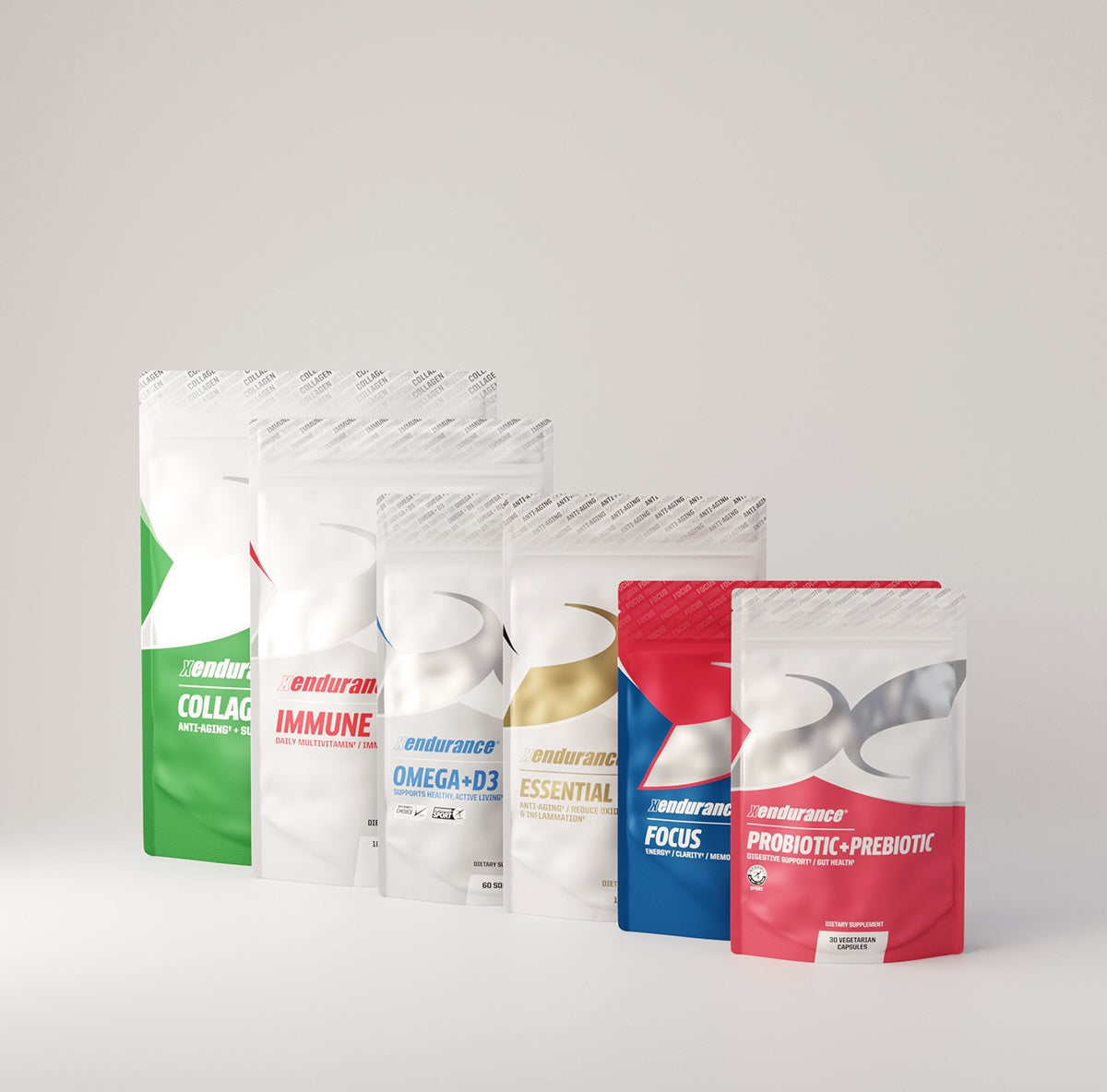Many people confuse lactate and lactic acid. These terms are sometimes used interchangeably, despite one being more appropriate to use or refer to than the other. Although somewhat related, these two are technically different due to their chemical composition.
In this article, we’ll briefly take a look at what is lactate and lactic acid. More importantly, we’ll explore in greater detail how lactate can be used for your benefit, especially if you’re aspiring to reach your fitness goals in a more efficient way.
What Is Lactic Acid?
To fuel your muscles, your body usually uses oxygen (aerobically or ‘with air’)
However, when your cells utilize carbohydrates and glucose to generate cellular energy or adenosine triphosphate (ATP) anaerobically (without oxygen), it produces an organic acid known as lactic acid.
In place of oxygen, lactic acid acts like the fuel that your cells use when you perform different activities. Lactic acid is also necessary for other chemical processes within the body, such as healing wounds or fighting infection.
The parts of your body that produce the most lactic acid are your muscles, red blood cells, skin, brain, and gastrointestinal tract. After production, your liver and kidneys will filter lactic acid out of your blood and break them down to blood sugar, or glucose, that your body can store or use in the future.
What Causes Lactic Acid?
Lactic acid is produced when your body uses more oxygen than it normally does. This is also true when you do strenuous activities or engage in tough workouts.
During this time, your muscles require more oxygen to burn as fuel than they can currently take in. That causes them to anaerobically utilize carbohydrates and glucose to produce energy, leading to your body’s production of lactic acids.
What Is Lactate?
Lactate, on the other hand, is a by-product of the body during normal exercise and metabolism. It is structurally different from lactic acid in that lactate has one hydrogen atom than lactic acid.
However, like lactic acid, lactate is an important muscle fuel. It’s not just the waste that causes the burn in your muscles that you feel after performing strenuous activities, which was the most commonly held belief for so long.
About ⅓ of your total carbohydrate energy is from lactate, and your body usually uses it first before turning to your glycogen stores. The more lactate you have, the longer your glycogen stores will last - equating to more energy for the body.
How Is Lactate Good For Your Body?
Thanks to Dr. George Brooks, it’s becoming clearer that lactate is actually “often the preferred source of energy in the body” and that vital organs of the body, like the brain and the heart, work better and run more effectively when using lactate as their fuel instead of glucose.
His research also revealed that lactate serves a role that’s more than just being a major fuel source for the body. Lactate also supports blood sugar levels and is a powerful signal for metabolic stress adaptation.
That is why Xendurance uses lactate in its products, especially those geared to help the body’s endurance, as a way to help your body get boosted energy sources.
A great example of it is Supergrade Protein. This product has four types of protein that are more rapidly absorbed in the gut, but it also has added lactate as a more efficient energy source.
Similarly, Fuel-5 and Fuel-5+ can supercharge your workouts with their blend of carbohydrates made with organic sweet potato, caffeine from all-natural green tea extract, and lactate. With these ingredients, you’ll surely enjoy clean, quick, and sustained energy for your workouts.
Frequently Asked Questions
Can Lactic Acid Build Up Without Exercise?
It should be noted that lactic acid is not produced merely due to exercise and is also not a sole byproduct of the activity. It does increase concentration during exercise, however.
Unfortunately, certain health conditions may either increase the production of lactic acid in the body or hamper the body’s ability to clear lactate from the blood - which may lead to a severe buildup in our system.
What Is Lactate Threshold?
Also referred to as anaerobic threshold, lactate threshold (LT) is the rate that a person can steadily do aerobic exercises without experiencing fatigue. It also happens when lactate builds up in your bloodstream faster than your body can remove it. This is why when you exercise above your LT, your blood lactate levels may suddenly rise.
Blood lactate is typically 1-2 mmol/L at rest. When exerting intense effort, however, it can get much higher than that - to even over 20 mmol/L.
Athletes should be aware of their lactate threshold as it can impact their training and pace when engaging in endurance sports. Moreover, they can actually increase their threshold with additional training, so knowing their starting point is a good method to track their progress.
Getting More Energy Is Possible with Lactate
Forget the old misconception that the presence of lactate in your muscles is bad for you and that it is the main reason your muscles get fatigued during intense exercise.
In truth, lactate is a good fuel for your body. It’s even preferred by your heart and brain over glucose - and we all know those two organs rarely agree on anything.
So start reaching for your fitness and health goals with the aid of lactate - your body will surely thank you for it.









Leave a comment
This site is protected by hCaptcha and the hCaptcha Privacy Policy and Terms of Service apply.